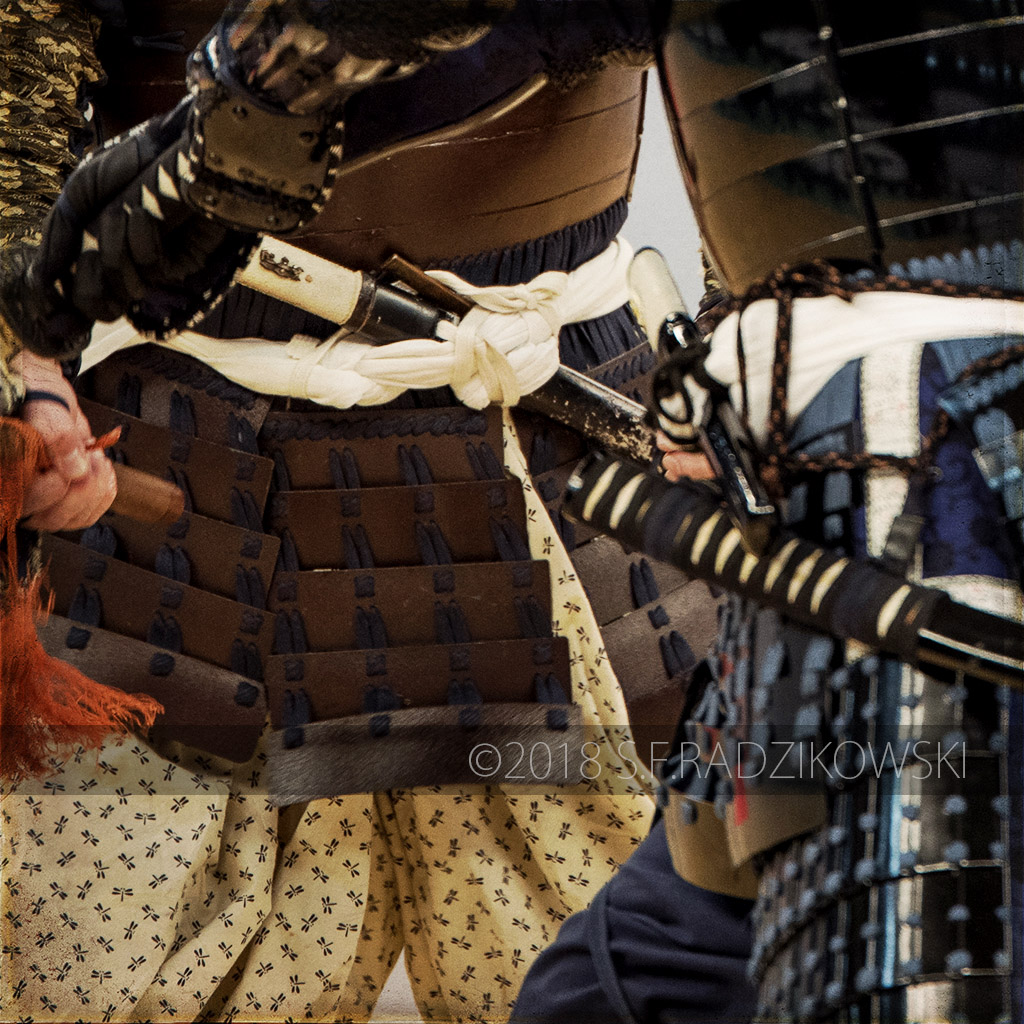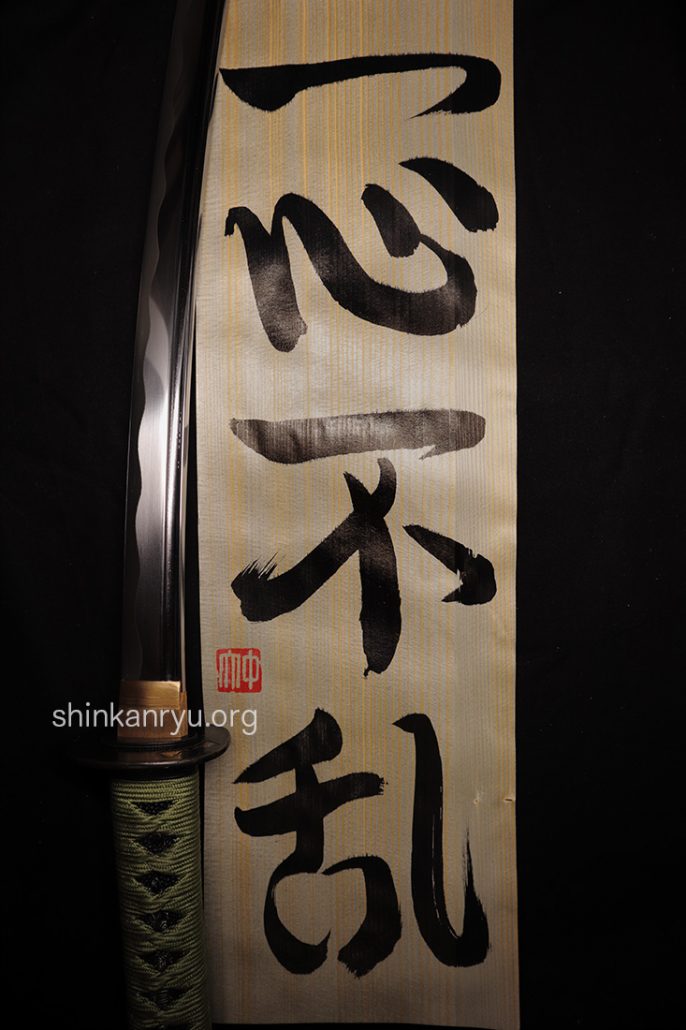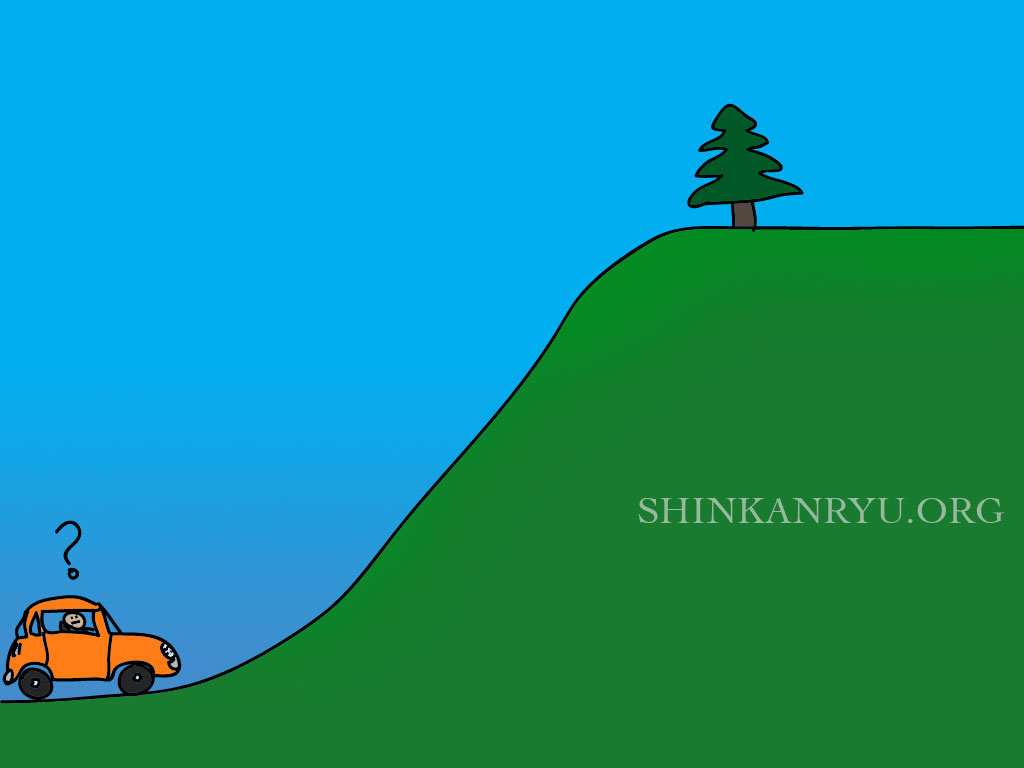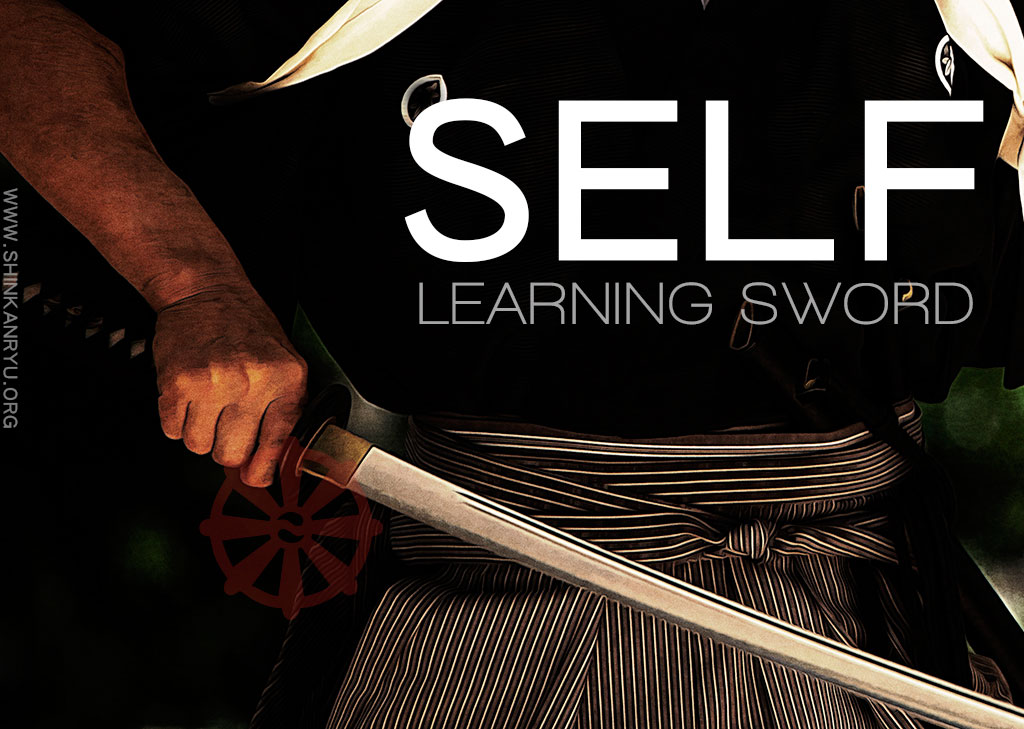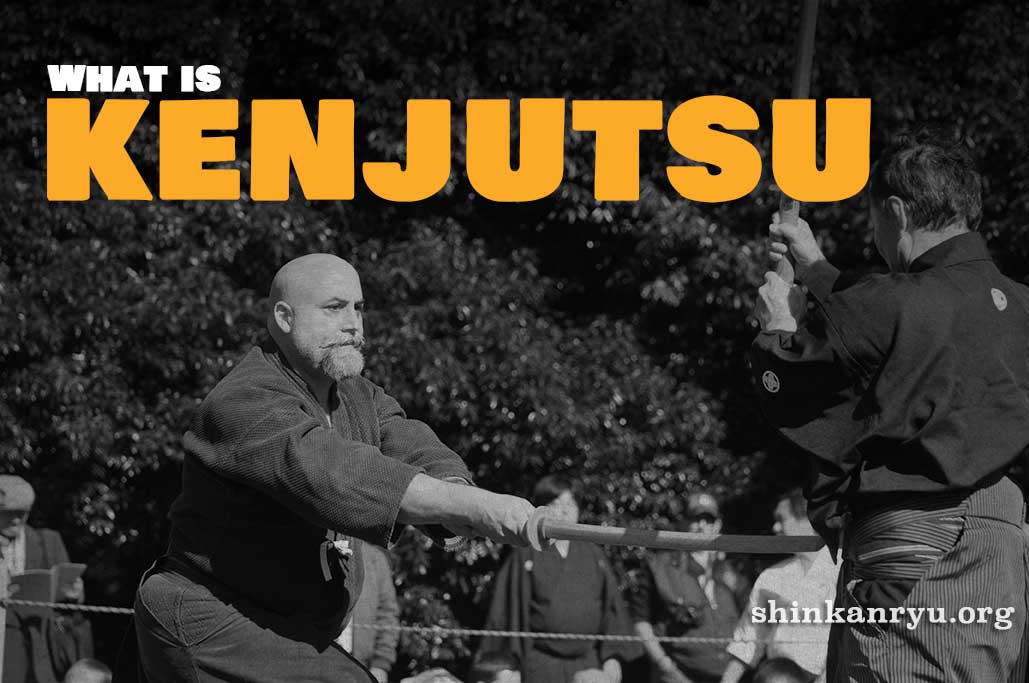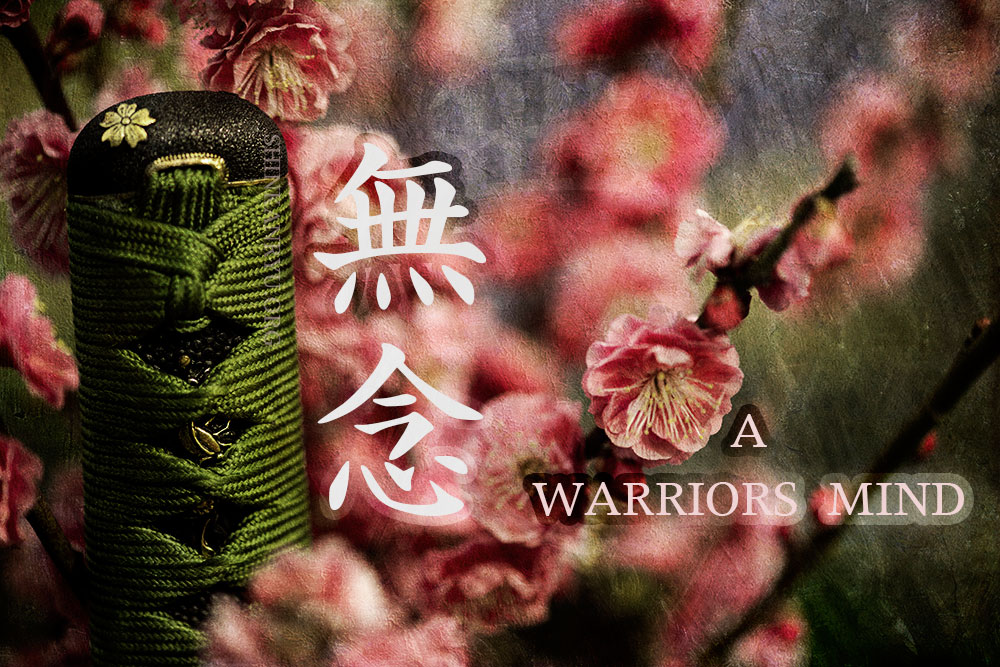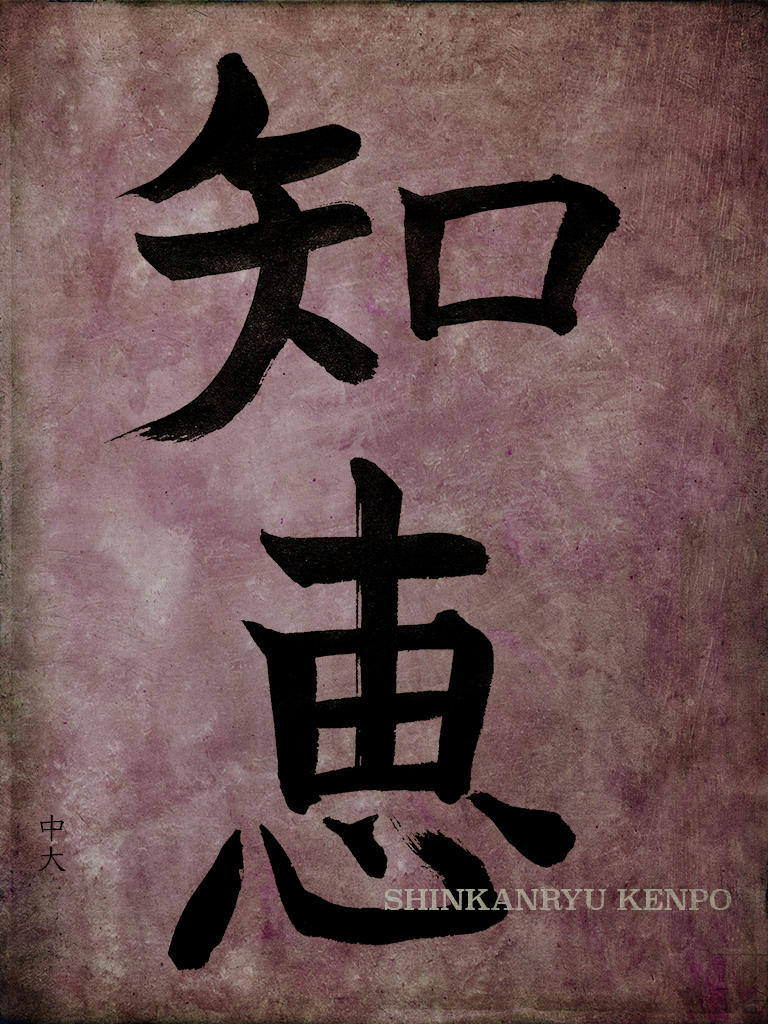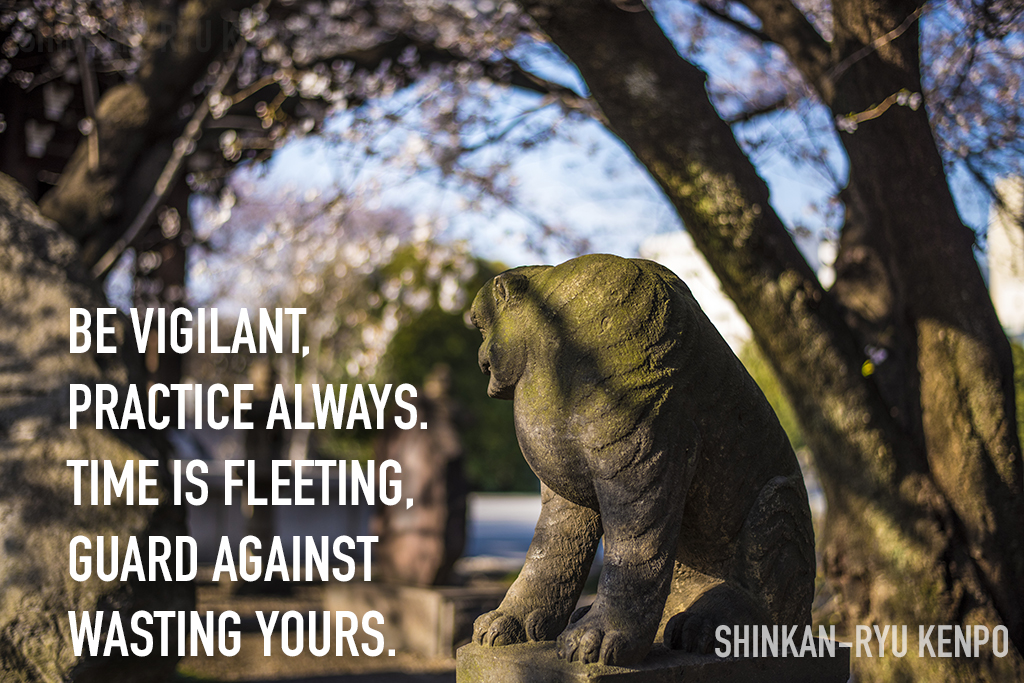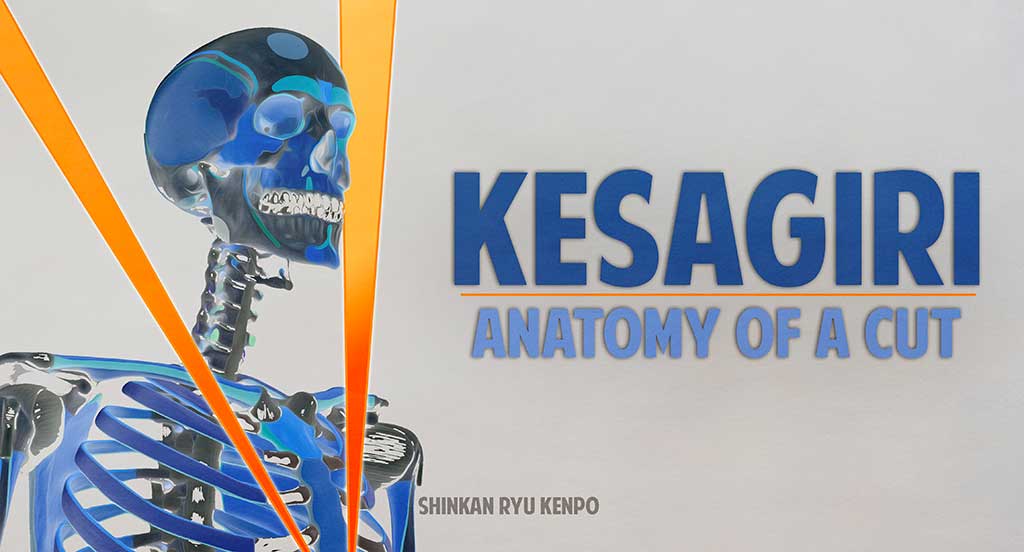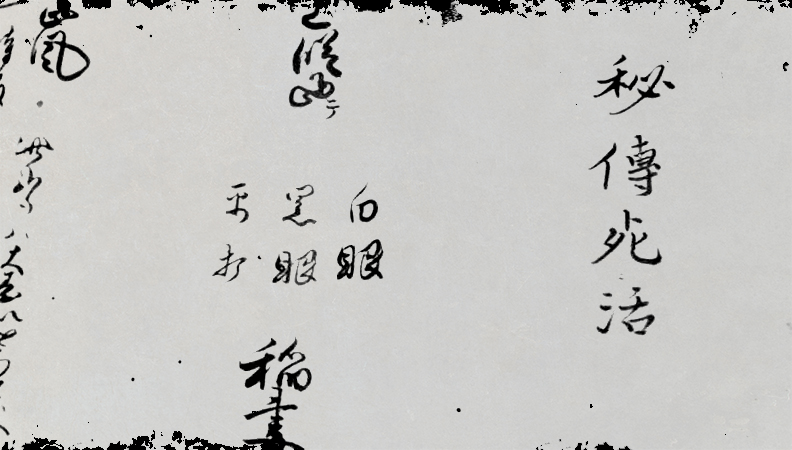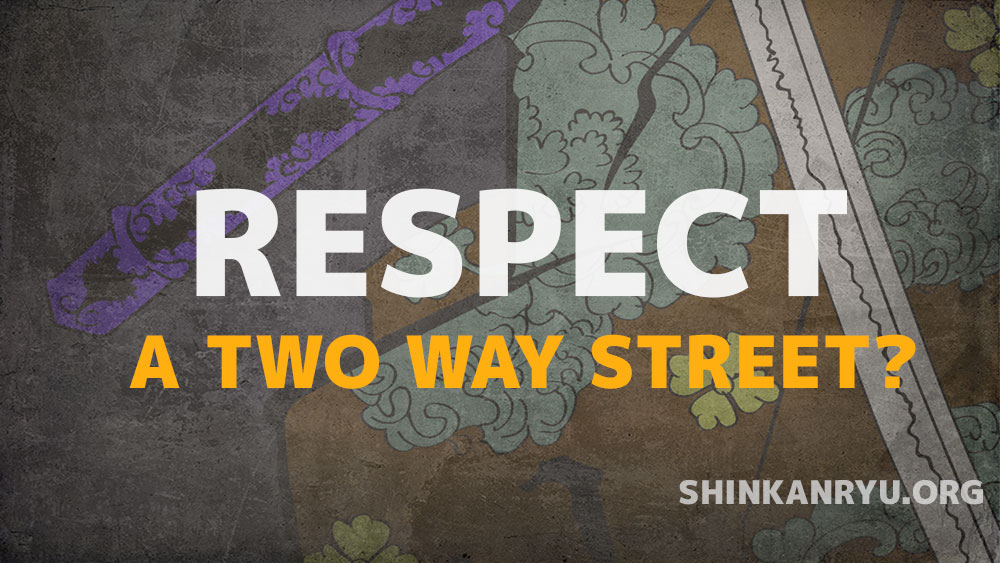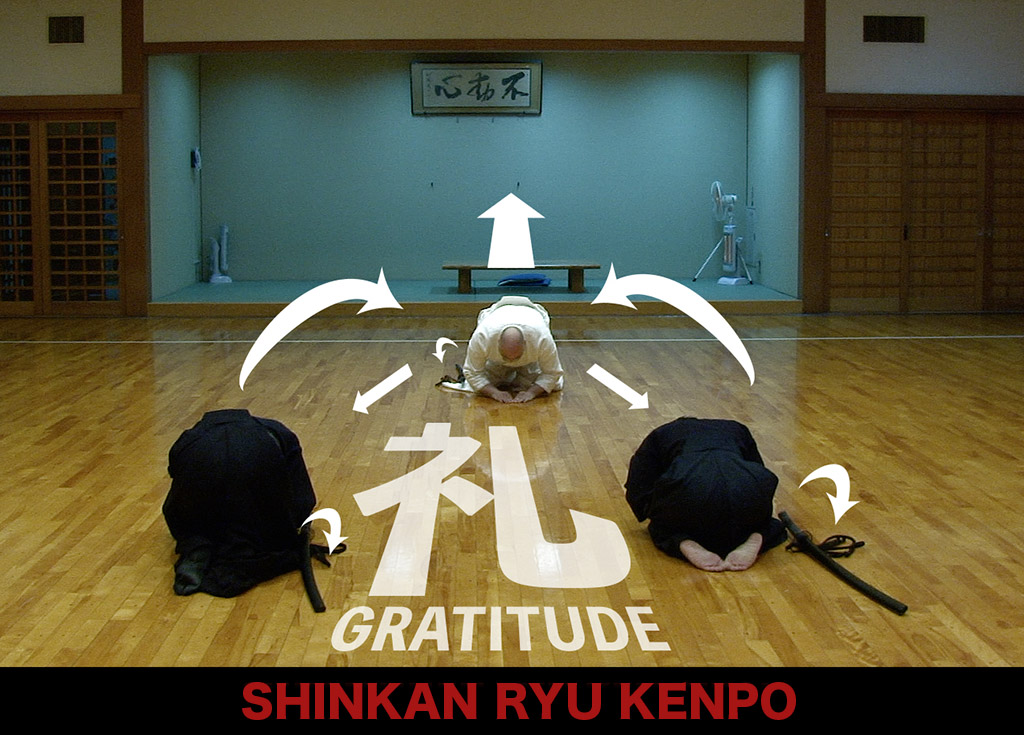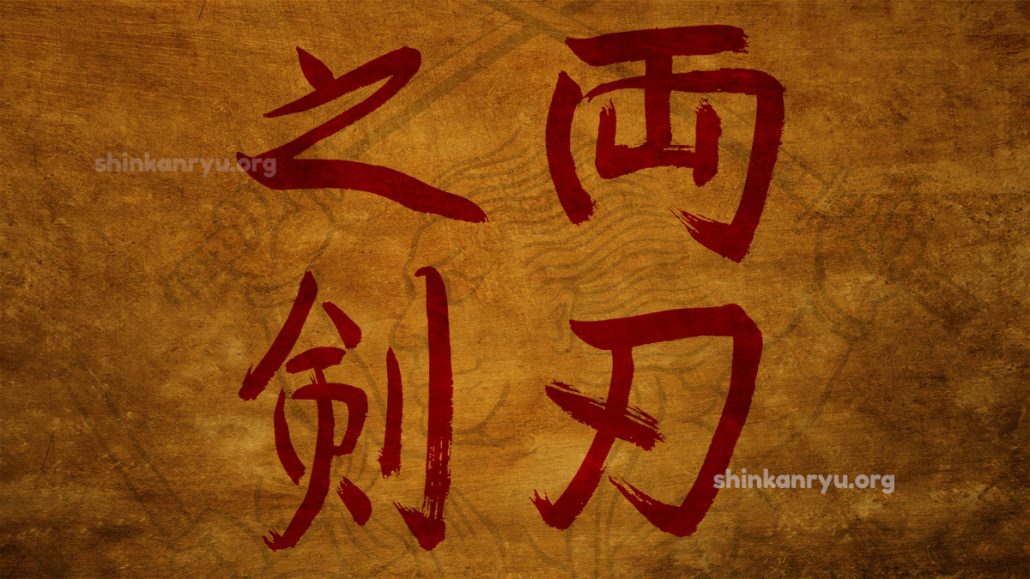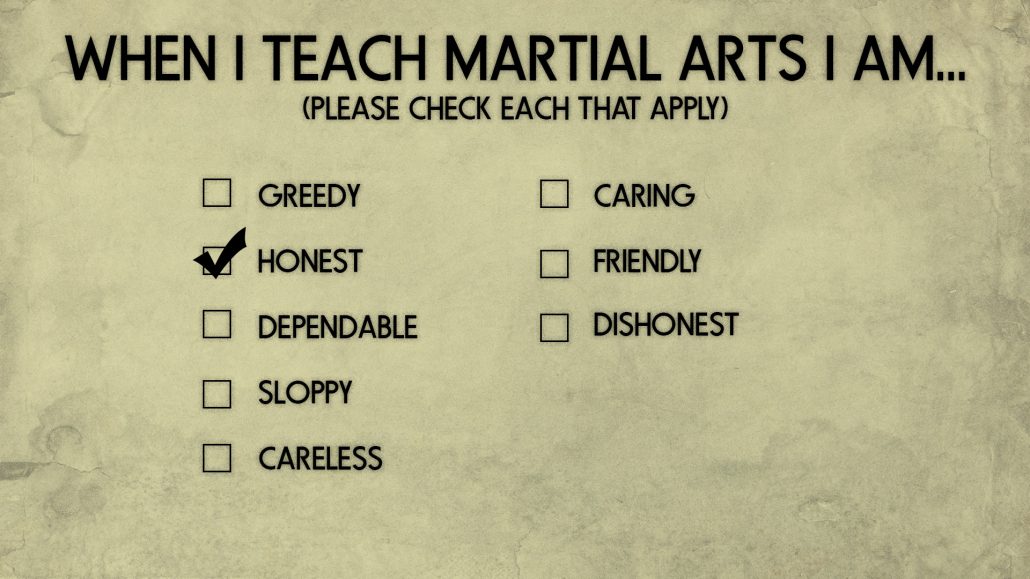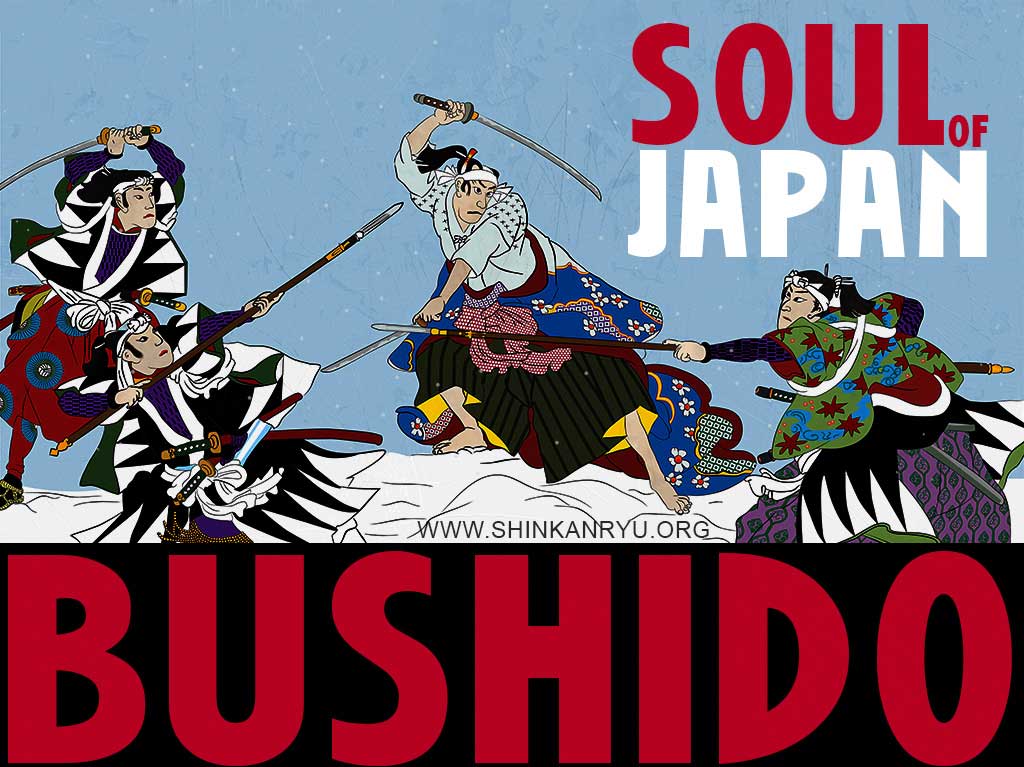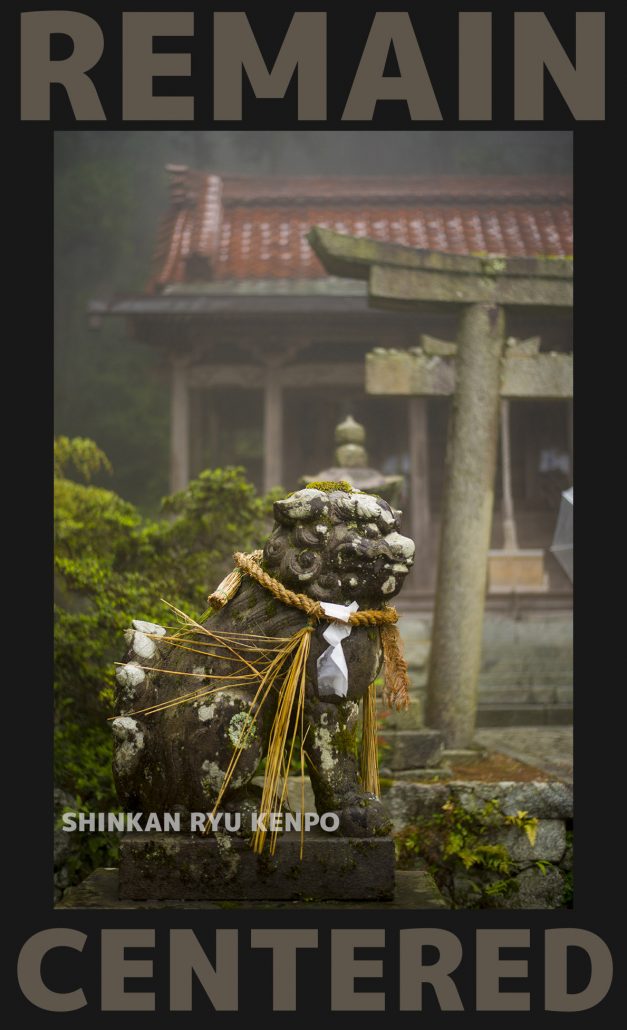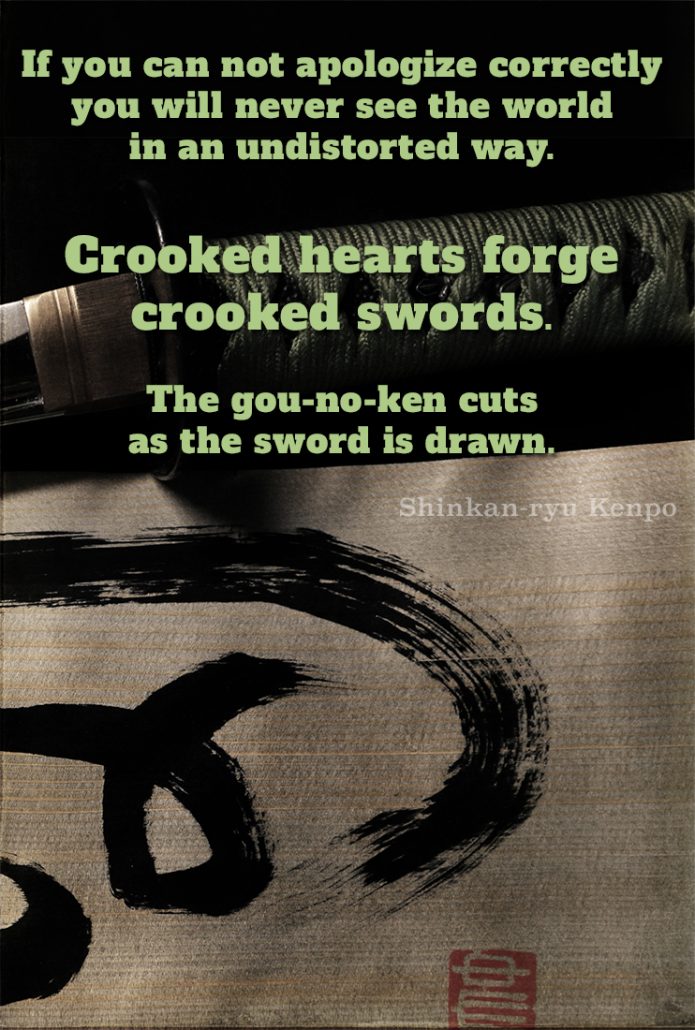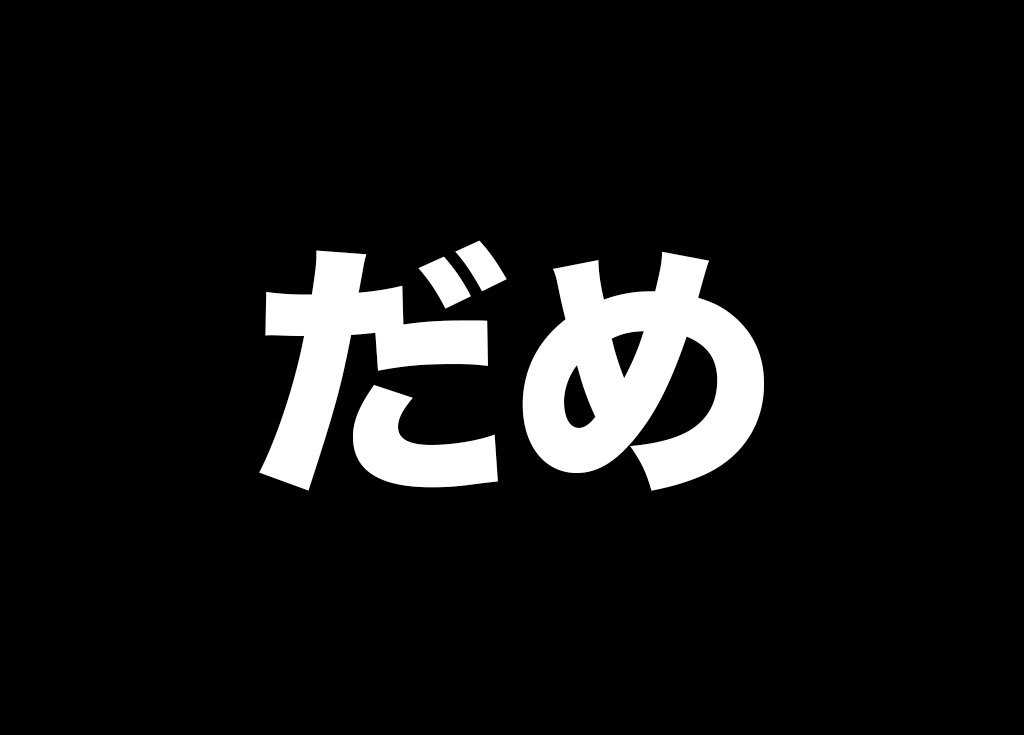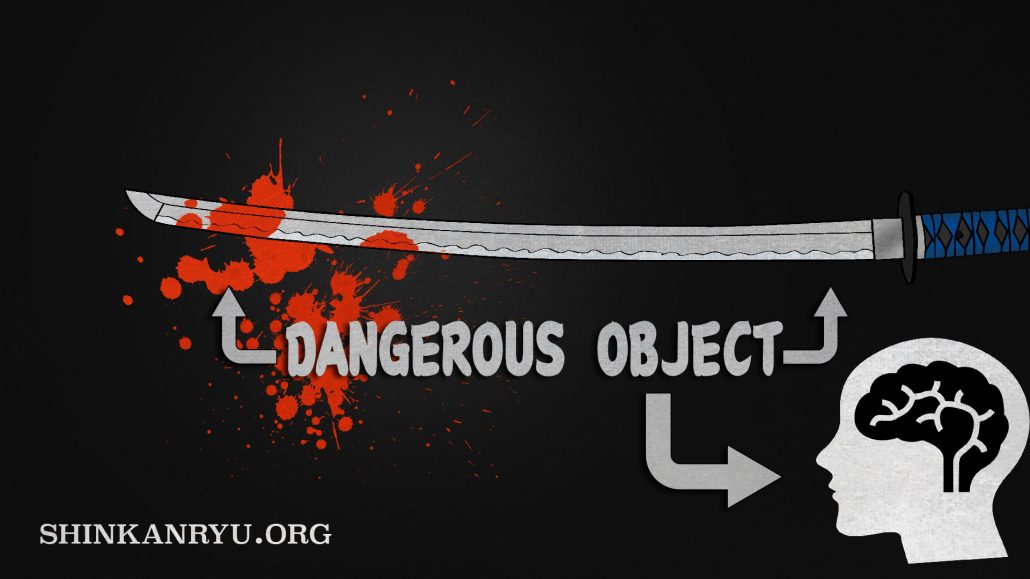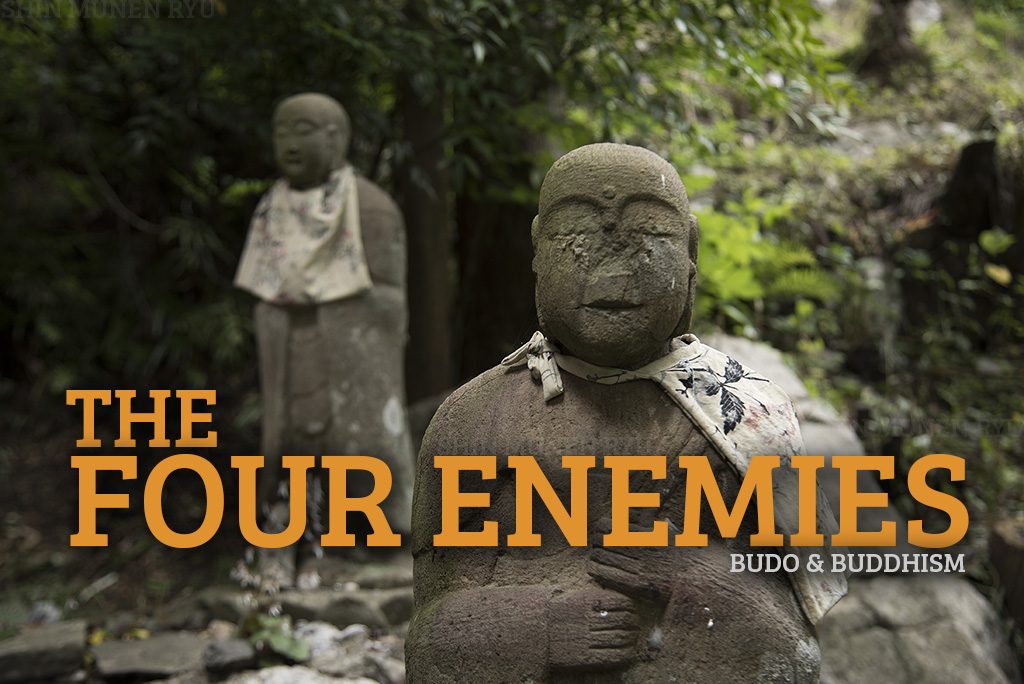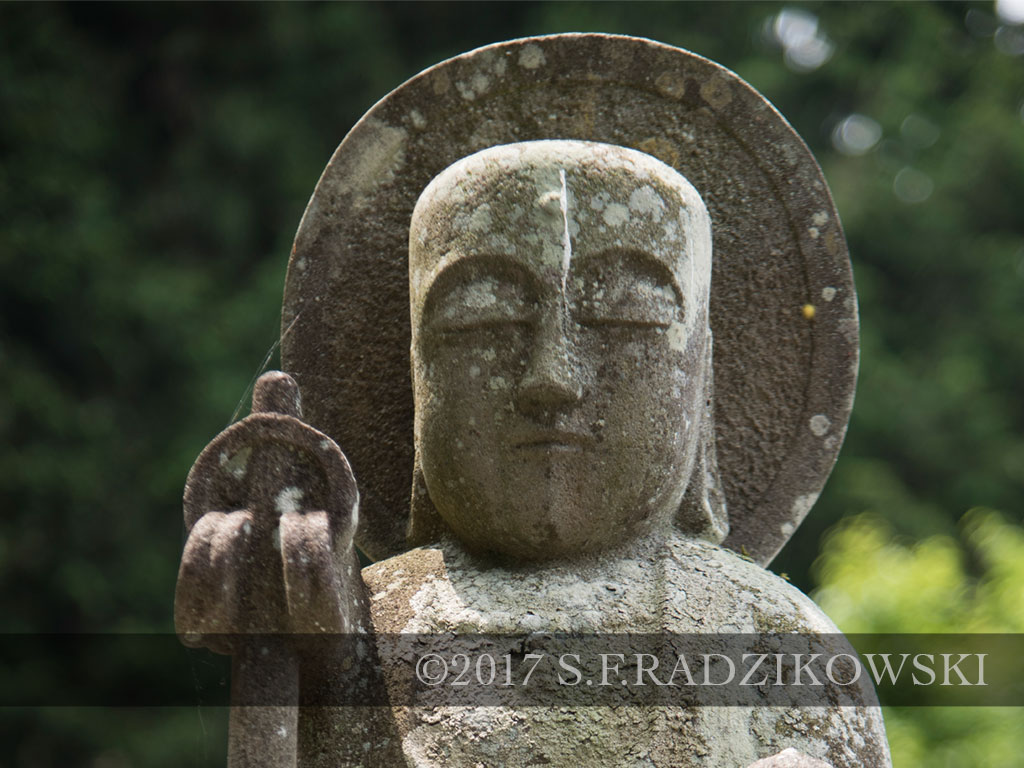Japanese Koryū Creator myths; becoming enlightened and making up a whole martial arts system.
Some martial arts in Japan have origin stories that borderline on the mystical and some dive right into the supernatural. Are they true? If they are, does it matter? What was the purpose of these stories and myths? Some of these stories are meant to glue or attach the school to a well-established tradition or area, mountain or shrine. They were meant to bolster the legitimacy of the school, as well as make for a new break when a student learns one system and wants to strike out on their own to make a new one. Let’s briefly explore a few of these myths and discuss them a bit.
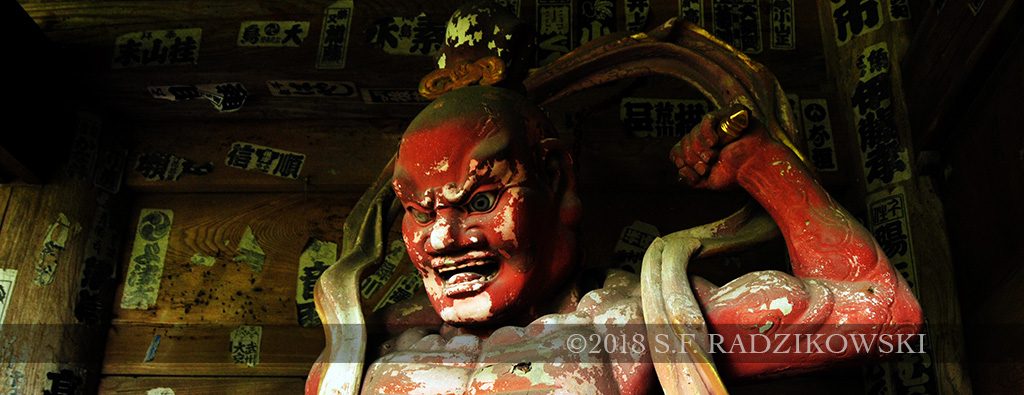
Tenshin Shoden Katori Shinto Ryu 天真正伝香取神道流
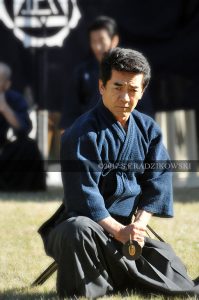
The name of the school itself indicates the system came from the gods. The founder of that school is Izasa Choisai Ieano, 飯篠 長威斎 家直. The school was supposedly founded around the late 1300s. Already a practitioner of another system, Izasa, at the age of 60 went to Katori Shrine. There he spent 1000 days practicing martial arts. Day and night and day and night. The deity at Katori Shrine, Futsunushi no Mikoto appeared to him in a dream. In this vision, he handed down a scroll of secrets of military strategy, The Mokuroku Heiho no Shinsho.
Takenouchi Ryu 竹内流 also has a similar story. Founded by Takenouchi Hisamori around the 1530s. According to their school, Hisamori went into the mountains to train near the Sannomiya Shrine. He was practicing there for six days and six nights using an unusually long bokuto. On the final night, he fell asleep, tired from his arduous practice. Suddenly he was startled awake by a priest of the mountains. The priest, with a long white beard and white hair. Hisamori thought it to be an incarnation of a god. Hisamori launched an attack
Though strong and quick, Hisamori was easily repulsed and defeated. The priest told Hisamori, “When you meet an opponent, at that moment, life and death are decided. That is called military strategy.” The priest then snapped Hisamori's long bokuto in two making a short sword, and taught Hisamori techniques of kogusoku and instructed him in how to use them in grappling and close combat. After which a sudden gush of wind and lightning came, and the priest disappeared.
Tatsumi-ryu 立見流
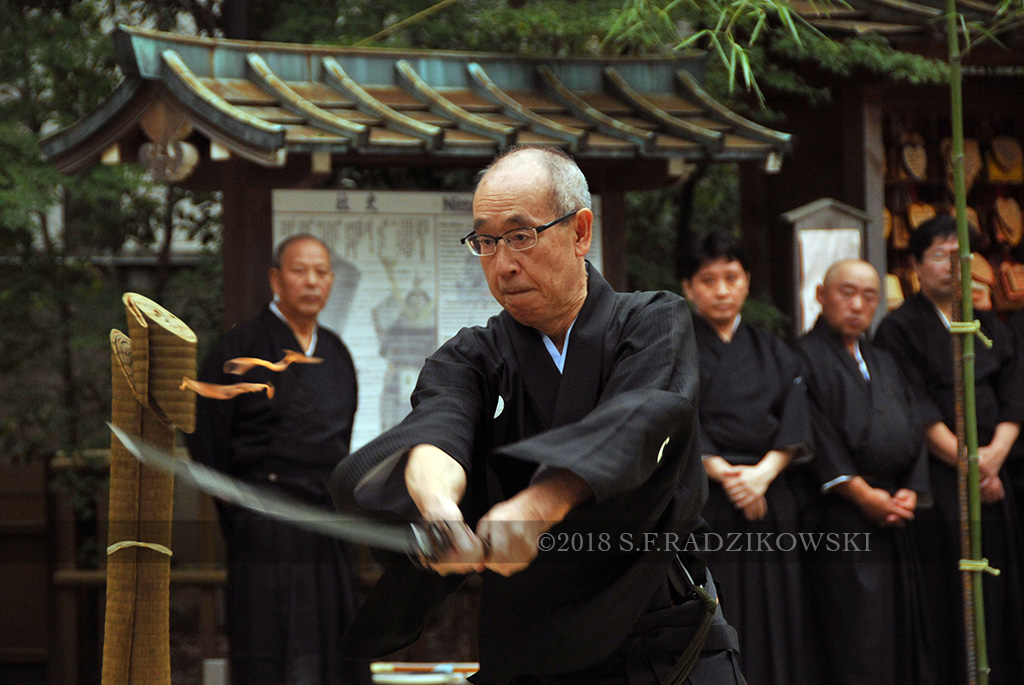
Tatsumi-ryū was a martial art founded around 1520 by Tatsumi Sankyo. Training from a very early age and winning many matches and never being defeated Tatsumi became disenchanted with technical proficiency. He did not look with favor at winning in combat. With that, he secluded himself in the mountains to the deity Tsumayama Daimyojin. There he performed intense spiritual training, shugyō 修行. It's said he achieved supernatural abilities and formulated the large Tatsumi-ryū curriculum.
Sekiguchi Ryu & Shindō Munen Ryū 関口流 • 神道無念流
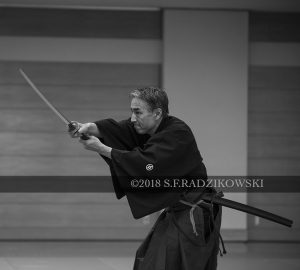
Sekiguchi ryū founded around 1570 by Sekiguchi Jushin. Another very dedicated martial artist that went out on shugyō into the mountains and came back with an entirely new system, you guessed it, Sekiguchi Ryu.
Finally, we have Shindō Munen Ryu.
It was founded around 1730 by Fukui Hyoemon a Shin Shinkage Ichiden Ryu trained swordsman. We find yet another bushi unsatisfied and wandering around taking part in duels and shugyō. He traveled around Japan and honed his skills finally settling at a small shrine in the Inazuma mountains northwest of Edo. There he meditated and trained in isolation for 50 days reaching enlightenment and creating the large sword syllabus of Shindō Munen Ryū. This spawned many different schools of Shindo Munen-ryu around Japan.
Edo Period Franchise; The Original McDonalds
Many schools have these stories. When you look at the samurai in the Edo period you find a class that needs to make ends meet. Some of these stories help sell and ad prestige to a school. We should imagine the realm that was the Edo area during the early 1600s to 1865. No major wars. Fighting freely was prohibited by law. This was the time when bujutsu systems greatly expanded and were codified. Some in great detail.
The martial arts were no longer just for the samurai elite. Farmers and merchants now had a chance also to gain status and money in the world of martial arts. One could devote themselves for a few years and depart for another area and open their own school. Even rework techniques and create new systems. Some schools such as Hokushin Ittō Ryū 北辰一刀流 did just that but without the embellishments of mountain spirits bestowing gifts.
Unless you believe in ghosts and spirits then it's hard to imagine someone receiving a scroll or information from such a spirit. So how did these schools come about? My views on this are pragmatic. When one has training in martial arts and reaches a good understanding and foundation, it is not that hard to begin to create a system. It is hard but not impossible to come up with a broad syllabus of techniques using intuition that has been gathered from proper training. More than likely it was a refinement while working with another person. Maybe not as romantic but certainly as interesting. I find it impossible that all these systems sprang out of thin air.
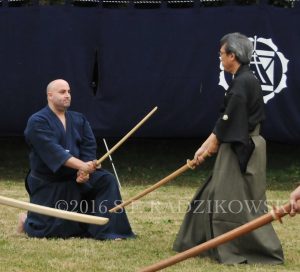
You can also trace some similar ideas and movements from one school to another. In a different time, it seems it was more palatable to create some mythic origin than to say, "Me and Kono-san spent two months together in the forest and came up with this. Here you go!".
It says more about the genius and hard work of these creators to branch out and create new systems. I would also argue that the forms we know today might not be as polished as those when it first started. It would be foolish to think so, however it seems many people are living with this delusion. Even if one were to think up two-person forms on their own, it had to have been perfected with a partner.
It would do us well to see the creator myths as they are and nothing more. Enjoy the martial art or koryū and don't hold up the origins as the ultimate truth or use it as some marketing ploy to notch your system above someone else's.
©2018 S.F.Radzikowski

ラジカスキー真照
館長Saneteru Radzikowski is the head sword instructor of Shinkan-ryū Kenpō. He lives and teaches Iaijutsu and Kenjutsu from Nara, Japan.
Bujutsu Thoughts Issin-furan
[fusion_builder_container hundred_percent="no" hundred_percent_height="no" hundred_percent_height_scroll="no" hundred_percent_height_center_content="yes" equal_height_columns="no" menu_anchor="" hide_on_mobile="small-visibility,medium-visibility,large-visibility" status="published" publish_date="" class="" id="" background_color="" background_image="" background_position="center...
Basic Blocking In Kenjutsu
Please enjoy this informational budo video about sword blocking in classical Japanese kenjutsu. https://www.youtube.com/watch?v=_NfMrHpeGKM
Practice
The car at the bottom of the hill needs a sustained gas pedal to move...
How to self-learn sword skills?
How to self-learn sword? A question that pops up in my communications frequently is, “How...
Martial Arts Creator Origin Myths of Japan
Japanese Koryū Creator myths; becoming enlightened and making up a whole martial arts system. Some...
What is Kenjutsu? A guide to Japanese swordsmanship
Kenjutsu (剣術) is the Japanese art of the sword. It is one of the four...
Munen Muso And Mushin The Warriors Mind
What is the difference between munen and mushin? These concepts outline the ideal mental state...
Wisdom Martial Arts Keiko & Buddhism
For those that lack wisdom the way is difficult. It is best to consider the...
Practice. Time Is Fleeting
In #budo as well as life, in general, we should avoid wasting time. We need...
Kesagiri: Anatomy of A Sword Strike
In Japanese swordsmanship, there have been many hundreds of schools. There are, however, only a...
Koryū Menkyo Kaiden & Classical Martial Arts Proliferation
免許皆伝 Menkyo Kaiden and Koryu Proliferation Mention menkyo or menkyo kaiden around some martial artists...
Respect is a two way street in martial arts
Respect is a two-way street, however, how many people are driving recklessly? “If you want...
Rei – 礼 – Gratitude In Budo Training Life
Gratitude for our swords and training equipment, and those that made them. To our teachers...
The Sword With Two Edges
Today I decided to write the four kanji compound of morohanotsurugi. In English, we might...
Honesty and the Martial Arts Hermit. Being a good budō teacher and student.
When people want to find a martial arts teacher, do they often think of mister...
Bushido: The Soul of Japan
The code of the samurai is always popping up in martial arts circles and popular...
Bujutsu Centering
When practicing bujutsu we should always work on being centered. For non-practitioners, it is also...
The Sword of Kamma
Within Shinkan-ryū are teachings to being responsible for our actions. Admitting fault of miss-actions or...
Budo Don’t
Don’t be in love with your weapon. Don’t be in love with your uniform. Don’t...
Playing With Sharp Swords
I have been saying it’s important to get training for using a sharp sword or...
Four Enemies
Four Friends. Four Enemies. One morning while on alms rounds the Buddha gave a heap...
Is Compassion Important In Martial Arts?
What is compassion? Compassion is a concern for the suffering or problems of others. The...


